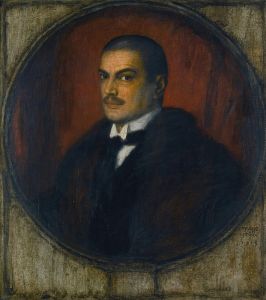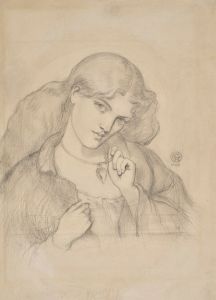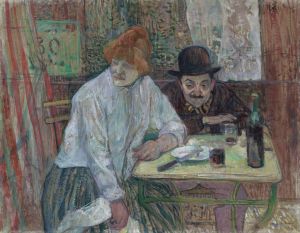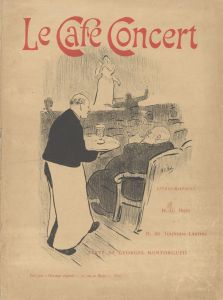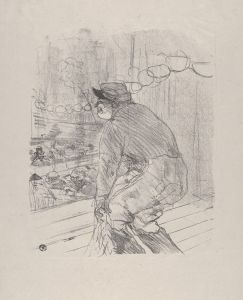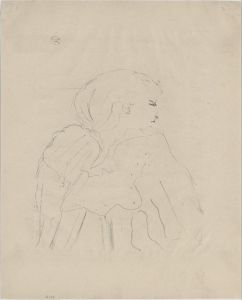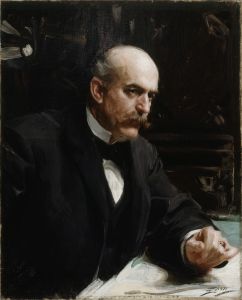
Portrait de Suzanne Valadon
A hand-painted replica of Henri de Toulouse-Lautrec’s masterpiece Portrait de Suzanne Valadon, meticulously crafted by professional artists to capture the true essence of the original. Each piece is created with museum-quality canvas and rare mineral pigments, carefully painted by experienced artists with delicate brushstrokes and rich, layered colors to perfectly recreate the texture of the original artwork. Unlike machine-printed reproductions, this hand-painted version brings the painting to life, infused with the artist’s emotions and skill in every stroke. Whether for personal collection or home decoration, it instantly elevates the artistic atmosphere of any space.
Henri de Toulouse-Lautrec, a prominent French painter, printmaker, and illustrator of the Post-Impressionist period, is well-known for his depictions of the bohemian lifestyle in late 19th-century Paris. Among his many works, "Portrait de Suzanne Valadon" stands out as a significant piece, capturing the essence of one of his contemporaries and muses, Suzanne Valadon.
Suzanne Valadon, born Marie-Clémentine Valadon, was a multifaceted artist herself, known for her work as a painter and model. She began her career as a circus performer before transitioning into modeling for some of the most renowned artists of her time, including Pierre-Auguste Renoir and Edgar Degas. Her relationship with Toulouse-Lautrec was both professional and personal, as she was not only his model but also a close friend.
The portrait of Suzanne Valadon by Toulouse-Lautrec is a testament to his unique style and his ability to capture the personality and essence of his subjects. Toulouse-Lautrec's work is characterized by its bold use of color, expressive lines, and an almost caricature-like quality that brings his subjects to life. In this portrait, he employs these techniques to convey Valadon's strong presence and individuality.
Toulouse-Lautrec's portraits often went beyond mere physical representation, delving into the character and mood of the sitter. In "Portrait de Suzanne Valadon," he captures not only her physical likeness but also hints at her spirited and independent nature. The painting reflects the mutual respect and understanding between the artist and his subject, highlighting Valadon's role not just as a muse but as a significant figure in the art world.
The composition of the portrait is typical of Toulouse-Lautrec's work, with a focus on the subject's face and upper body. The background is often kept simple, ensuring that the viewer's attention remains on the subject. Toulouse-Lautrec's use of color and line work in this portrait is particularly noteworthy, as it demonstrates his ability to convey emotion and personality through minimalistic yet effective means.
Suzanne Valadon's influence extended beyond her role as a model. She became a successful artist in her own right, breaking into the male-dominated art world with her bold and unconventional style. Her works often depicted intimate and candid scenes, challenging the norms of her time. Valadon's transition from model to artist was a significant achievement, and her legacy continues to inspire artists today.
The relationship between Toulouse-Lautrec and Valadon was emblematic of the vibrant and interconnected art scene in Paris during the late 19th century. Artists, models, and patrons often moved within the same social circles, influencing and inspiring each other's work. This environment fostered creativity and innovation, leading to the development of new artistic movements and styles.
"Portrait de Suzanne Valadon" remains an important work within Toulouse-Lautrec's oeuvre, not only for its artistic merit but also for its historical significance. It serves as a reminder of the dynamic relationships and collaborations that shaped the art world during this period. Through this portrait, Toulouse-Lautrec immortalized Valadon, capturing her essence and ensuring her place in the annals of art history.








